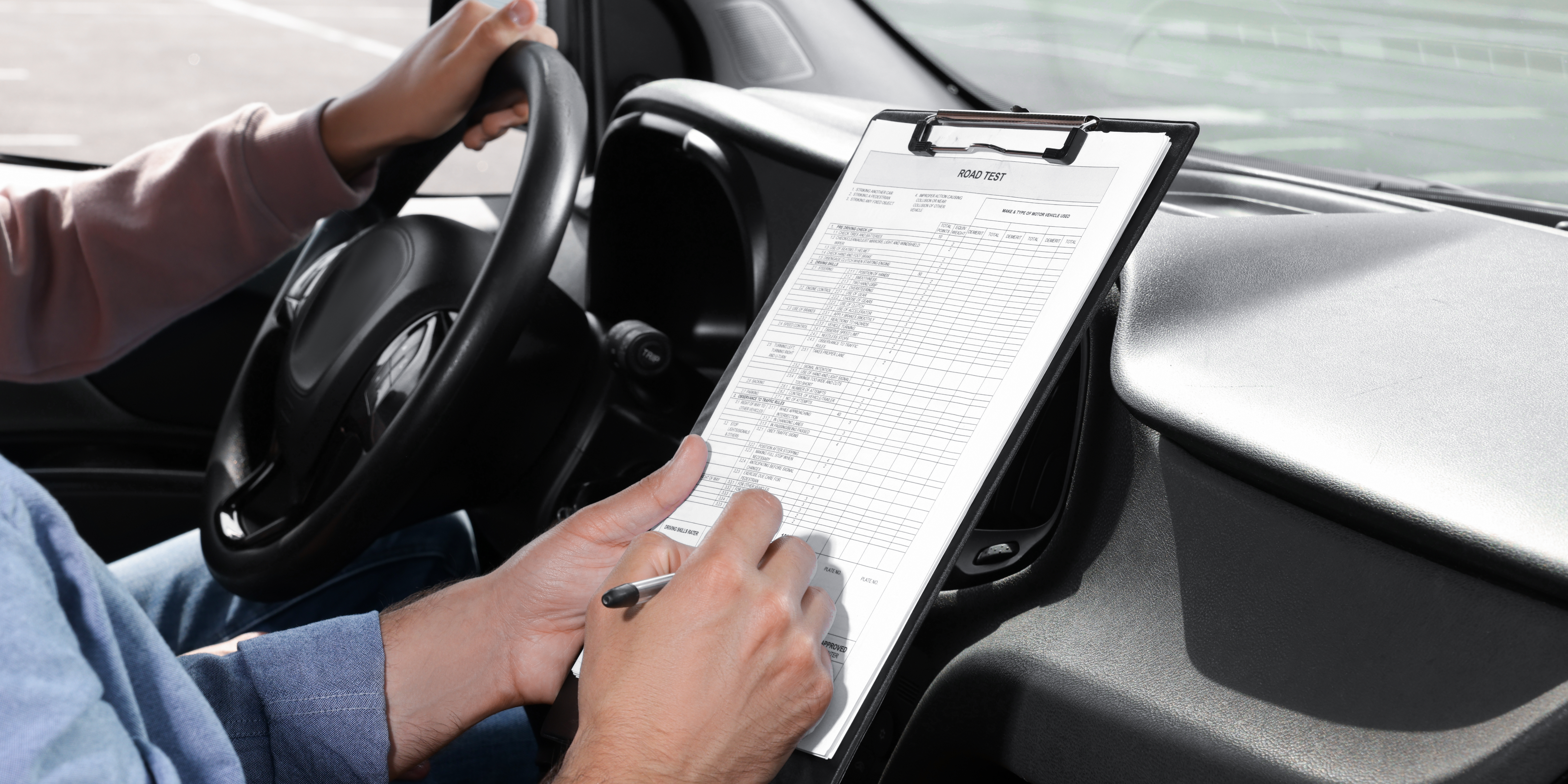As technology continues to evolve at an unprecedented pace, the landscape of driver education is undergoing significant transformation. New methodologies, tools, and insights are shaping how we teach driving skills, improve road safety, and prepare future drivers for the challenges of modern roads. In this blog post, we’ll explore the latest innovations and trends in driver education, highlighting how these changes are revolutionizing the learning experience for both new and seasoned drivers.
1. Technology-Driven Learning
Online and Hybrid Courses
The rise of online education has permeated driver education, offering flexibility for learners who may struggle to attend traditional classroom settings. Online courses allow students to study at their own pace, making it easier to fit lessons into busy schedules. Hybrid models, which combine online learning with in-person driving sessions, are also becoming popular. This blend provides the best of both worlds—flexibility in theory and hands-on experience.
Virtual Reality (VR) and Augmented Reality (AR)
Virtual reality and augmented reality are emerging as powerful tools in driver education. These technologies offer immersive simulations that allow learners to experience various driving scenarios in a controlled environment. For instance, VR can simulate adverse weather conditions, night driving, or complex traffic situations, helping students develop critical skills without real-world risks. AR can overlay helpful information, such as speed limits or navigation aids, directly onto the driver’s view, enhancing situational awareness.
2. In-Car Technology Enhancements
Advanced Driver Assistance Systems (ADAS)
Modern vehicles are equipped with advanced driver assistance systems that provide valuable feedback to new drivers. Features like adaptive cruise control, lane-keeping assist, and automatic emergency braking can enhance learning by helping students understand the importance of these safety technologies. Instructors can teach students how to use these systems effectively while also emphasizing the importance of remaining attentive and not relying solely on technology.
Connected Cars and Data Analysis
The rise of connected cars allows for the collection of data that can be used to personalize driver education. By analyzing driving patterns, instructors can identify specific areas where a student may need improvement. This data-driven approach enables a more tailored learning experience, focusing on the individual needs of each student.
3. Gamification of Driver Education
Engaging Learning Experiences
Gamification is transforming how driver education is delivered, making it more engaging and enjoyable. By incorporating game-like elements—such as points, levels, and rewards—into the learning process, students are more motivated to complete courses and practice their skills. Interactive quizzes, driving simulations, and challenges can make learning about traffic laws and safe driving practices feel less like a chore and more like a fun activity.
Mobile Apps
Mobile applications are also playing a pivotal role in driver education. Many apps now offer practice quizzes, interactive lessons, and driving logs to track progress. Some even include community features where learners can share experiences and tips with peers. The convenience of having educational resources readily available on smartphones encourages continuous learning and reinforces concepts outside of formal lessons.
4. Emphasis on Soft Skills and Defensive Driving
Beyond Technical Skills
While technical driving skills remain essential, there is a growing emphasis on soft skills in driver education. Programs are beginning to focus on communication, decision-making, and emotional intelligence. These skills are vital for safe driving, as they help individuals respond appropriately to unpredictable situations on the road.
Defensive Driving Courses
Defensive driving courses are gaining traction, teaching learners how to anticipate and mitigate potential hazards. These courses emphasize situational awareness and proactive decision-making, preparing drivers to handle unexpected challenges. With a focus on safety, these programs aim to reduce accidents and foster a culture of responsible driving.
5. Increased Focus on Environmental Awareness
Eco-Driving Techniques
With growing concerns about climate change and environmental sustainability, driver education is beginning to incorporate eco-driving techniques. These practices educate drivers on how to operate vehicles more efficiently, reducing fuel consumption and emissions. Teaching new drivers about the impact of their driving habits on the environment fosters responsible citizenship and encourages sustainable behaviors.
Electric Vehicles (EV) Education
As electric vehicles gain popularity, driver education programs are adapting to include EV-specific training. Understanding how to operate EVs, manage charging, and recognize the unique features of these vehicles is becoming increasingly important. This trend prepares new drivers for a future where electric vehicles are likely to dominate the roads.
6. Changes in Regulatory Frameworks
Adaptive Licensing Models
In response to the evolving landscape of transportation, some regions are exploring adaptive licensing models. These models aim to provide a more gradual learning process, allowing new drivers to gain experience under varying levels of supervision. For example, provisional licenses may include restrictions based on time of day or passenger limits, enabling new drivers to build their skills progressively.
Standardization of Curriculum
With the integration of technology and new teaching methods, there is a push for the standardization of driver education curricula. Developing consistent guidelines can ensure that all learners receive comprehensive training that covers essential skills, safety practices, and the latest traffic laws. This standardization can help improve overall road safety by ensuring that all drivers are well-equipped for the challenges they may face.
7. Community and Parental Involvement
Engaging Parents and Guardians
Involving parents and guardians in the learning process is crucial for reinforcing safe driving habits. Many driver education programs are beginning to provide resources and support for families, encouraging them to participate in practice sessions and discussions about safe driving. By fostering a collaborative approach, learners benefit from the combined support of both instructors and family members.
Community Programs
Community-based driver education programs are also gaining popularity. These initiatives aim to reach a broader audience, particularly those in underserved areas who may have limited access to traditional driving schools. By offering free or low-cost education, these programs help create safer drivers and promote responsible driving behaviors within communities.
Conclusion
The future of driver education is bright, with innovations and trends paving the way for safer, more effective training methods. As technology advances, educational practices will continue to evolve, focusing on not only the technical aspects of driving but also the critical soft skills necessary for responsible road use. By embracing these changes, we can prepare the next generation of drivers for the challenges they will face on the roads, ultimately fostering a safer driving environment for everyone. As we look ahead, it’s clear that a proactive and adaptive approach to driver education will be key in shaping responsible drivers for years to come.
Click here to view our different packages or click here to book your road test.
Lastly, our services are extended to Toronto, North York, Etobicoke, Scarborough, Vaughan and Brampton.



